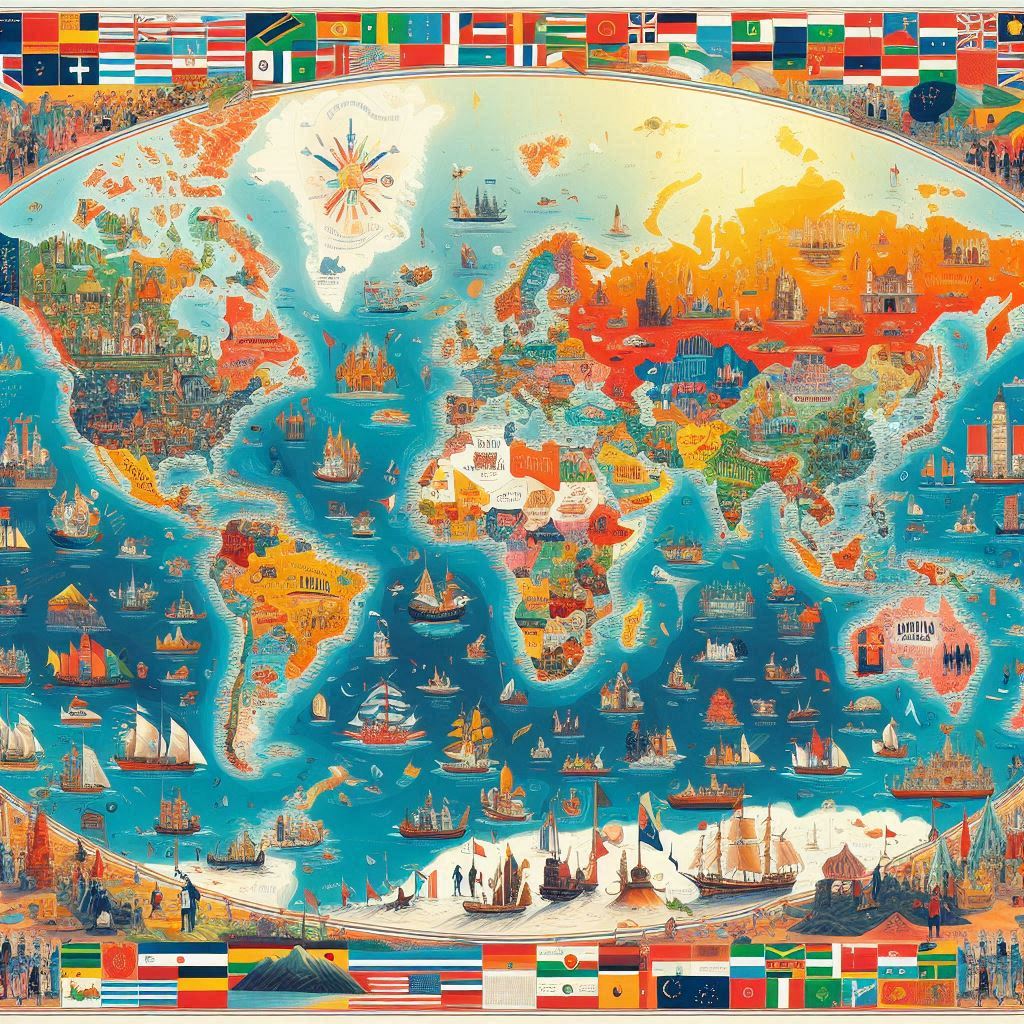When we think of countries, we often picture sprawling nations with vast landscapes and millions of people.
But not every country takes up pages in an atlas. Some are so small, you could walk across them in minutes.
Yet despite their size, these nations have their own flags, governments, and unique histories.
Here’s a look at some of the smallest countries in the world—and the surprising reasons they exist.
Vatican City: holds the title of the world’s smallest country, measuring just about 0.17 square miles. Nestled within the city of Rome, it’s the spiritual center of the Catholic Church and the home of the Pope. It became an independent city-state in 1929 with the signing of the Lateran Treaty. Its purpose isn’t economic or military—Vatican City exists purely for religious leadership and governance of the global Catholic community.
Monaco: the second smallest country, is a glamorous strip of land on the French Riviera, covering just 0.78 square miles. Despite its tiny size, it’s one of the richest countries in the world per capita. Monaco’s independence dates back to the 13th century, and it continues today under the rule of the Grimaldi family. It survives as a sovereign state largely due to diplomatic agreements with France and its unique appeal as a tax haven and luxury destination.
Nauru: located in the Pacific Ocean, is the smallest island country in the world. With an area of 8.1 square miles, it has no official capital and one of the smallest populations of any country. Once rich from phosphate mining, Nauru’s economy has declined, but it remains an independent nation since gaining independence from a UN trusteeship in 1968. Its existence reflects the geopolitical reshaping of the Pacific after World War II.
Tuvalu: is another island nation in the Pacific, only slightly larger than Nauru. At just 10 square miles, it has a small population and limited natural resources. Tuvalu became independent from the United Kingdom in 1978. Its sovereignty is largely preserved by international recognition and its valuable .tv internet domain, which generates national revenue. It also plays a vocal role in global climate discussions due to rising sea levels threatening its existence.
San Marino: entirely surrounded by Italy, claims to be the oldest republic in the world, founded in A.D. 301. With a land area of just over 23 square miles, it has maintained its independence through centuries of European conflict by staying neutral and negotiating cleverly. Today, it thrives on tourism and crafts, with a deep sense of national pride despite its size.
Liechtenstein: tucked between Switzerland and Austria, is just 62 square miles in size. A constitutional monarchy, it became fully sovereign in the 19th century. Liechtenstein is now known for its strong banking sector, low taxes, and Alpine charm. It exists thanks to a mix of strategic diplomacy and economic adaptation.
The Marshall Islands: might be better known for their history of nuclear testing during the Cold War than their small size, but at 70 square miles spread across 29 atolls, it’s one of the smallest nations in land area. It gained independence from the U.S.-administered Trust Territory of the Pacific Islands in 1986 and has maintained a Compact of Free Association with the United States ever since.
These countries may be small in area, but their histories are rich, and their presence on the global stage is very real. They exist for unique reasons—strategic geography, colonial legacy, religious significance, or cultural resilience. Their stories show that in the world of nations, size doesn’t always determine influence or identity.

Leave a Reply